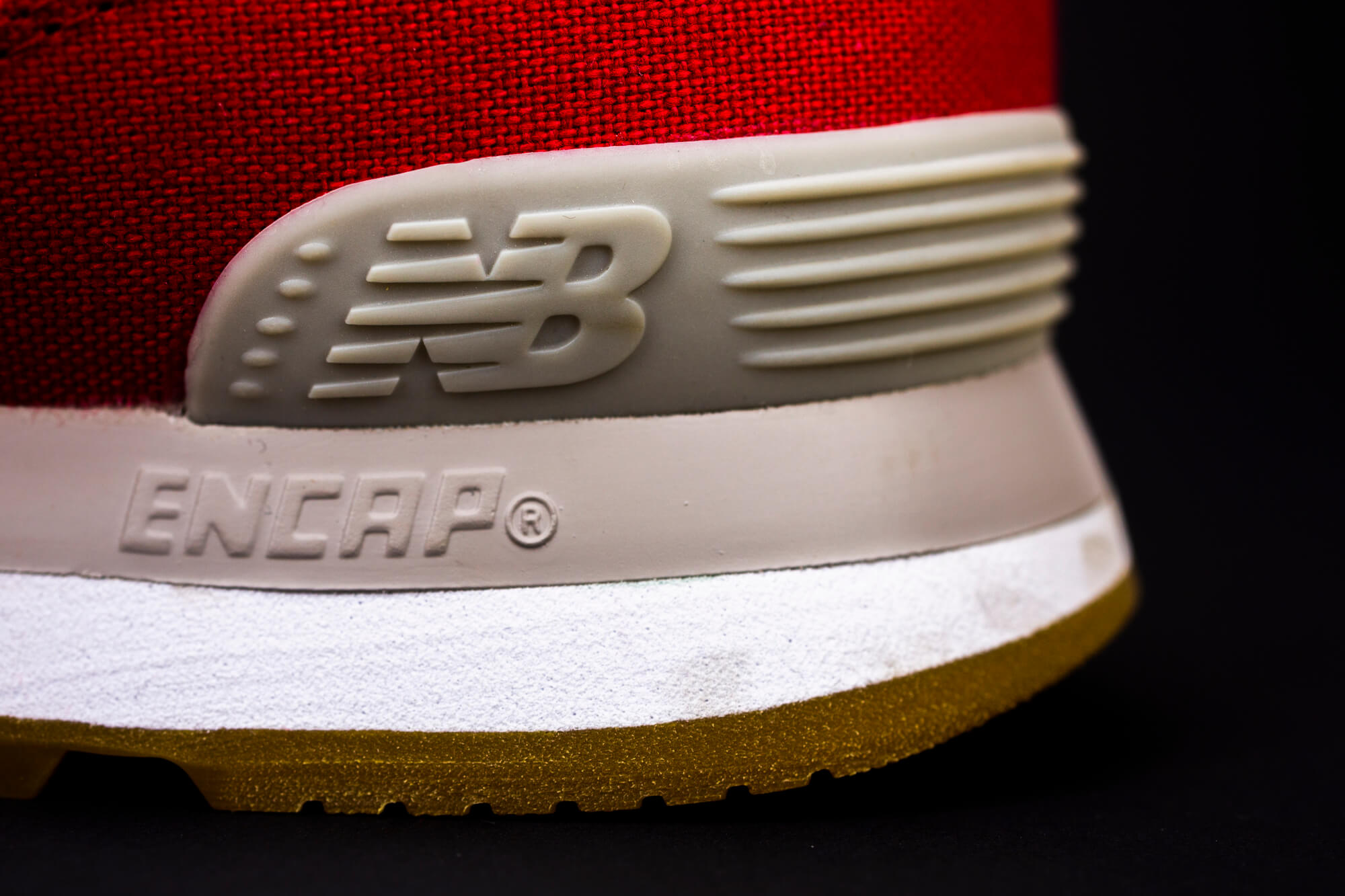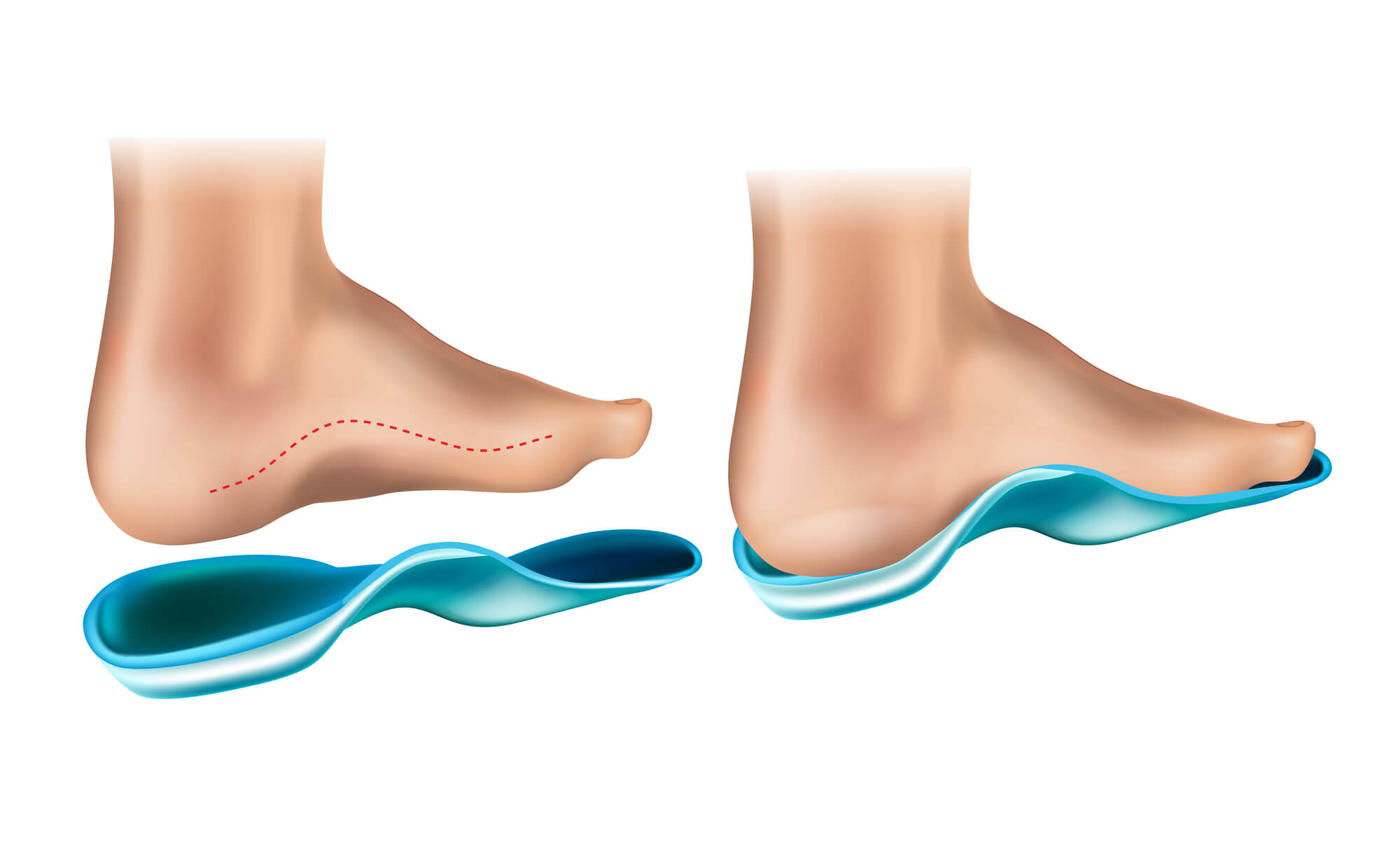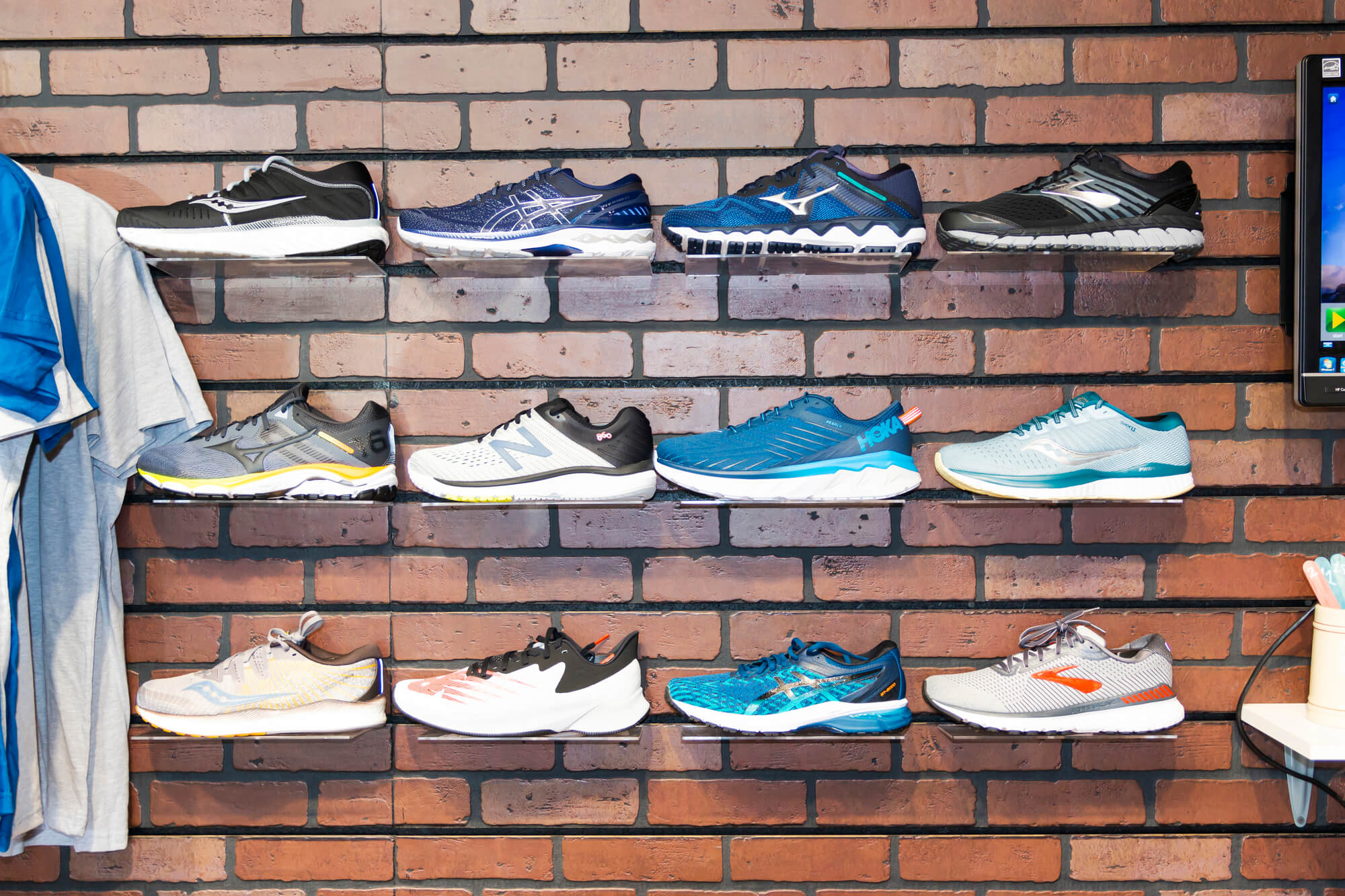New Balance vs Nike Running Shoes
When it comes to running shoes, you might want to turn to the most well-known sportswear brands in the market. However, your main concern might be that there are so many to choose from, so how do you pick the right one for you?
We’ve narrowed it down for you to two of the most reputable companies in the footwear field: New Balance and Nike.
Both companies can offer you several options. However, the question remains: which brand is better suited for you?
Stick around to get a deeper look into our New Balance vs Nike running shoes review so you can make a fully formed decision.
How to Choose the Right Running Shoes
When buying any product, you’ll usually want to turn to a buying guide. That way, you’ll know which factors to consider when purchasing.
Buying the right shoes is critical to your workout. Some come with various features designed to give you better results while protecting your feet and ankles against injuries.
Without further ado, here are the factors to look out for when buying running shoes.
Comfort
Comfort is one of the most crucial points to consider when deciding which shoes you should get.
One feature that decides how comfortable a pair of shoes is cushioning. In short, the better the cushioning, the more impact they can handle.

As a heavy runner, I often always look at shoes with taller stacks. This is because they provide a better base and more shock absorption.
There are a couple of types of cushioning in running shoes, namely, plush and responsive. Plush shoes are designed to provide you with a softer base. So, even though they won’t give you speed, they offer more comfort along with less impact.
Meanwhile, responsive shoes are typically harder-based. They’re designed to feel like you’re running on a flatter surface due to their hard impact. This makes them better suited for races because they allow you to run faster with minimal foot fatigue.
Support
When designing shoes, manufacturers tend to think about running mechanisms. In other words, their designs depend on how we run.
This is why you should consider the way you run before buying running shoes. You’ll also want to think about what kind of arch support you need.
When deciding what kind of stability you’re looking for, you should first gain a better understanding of pronation.
Pronation is a technical term used in the running shoe industry. It describes how your foot moves as it hits the ground to propel you to move forward.
Pronation Types
Now, ask yourself this: which part of your foot hits the ground first when you start running? In most cases, you might have basic pronation.
This type of pronation means that your running posture is well-aligned, and that you hit the ground with your heels. It also means your foot arch is curved at just the right amount.
Overpronation means that when you propel forward, you often use the inner edges of the shoes. When running, your ankles might be gathered too inward, and your foot arch is flat. In this case, you might want to consider stability and motion control shoes for maximum support.
The rarest type of pronation is supination. It’s the opposite of overpronation, where your ankles are rolled outward.
You might also have a higher arch if you have supination. If you have supination, look for shoes that provide more support in the midfoot.
How to Know Your Foot Arch Type
Unsure which type of foot arch you have? Luckily, there’s a foolproof method to figuring it out.
All you have to do is dip the bottom of your foot in water. Then, get a piece of paper and step on it with your wet feet.
Take a look at your footprints. If you see no arches in the midsoles, you likely have flat feet, aka overpronation.
On the other hand, if there’s barely a midsole print on the piece of paper, you probably have high foot arches, indicating supination or under-pronation.
A typical footprint with some midsole visibility means you have a medium arch. Conversely, a partially flexible arch is usually a sign of basic pronation.

Types of Running Shoes
After understanding the different pronation types and foot arches, you now have a better idea of the type of footwear you’re after.
If you have basic pronation or supination, opt for neutral shoes. These types of shoes will give you better impact absorption, as well as midfoot cushioning.
Stability shoes are made if you have overpronation on your feet. Not only do they support the midfoot area, but they also diffuse the pressure when landing.
If you have overpronation, go for motion control shoes. These kinds of shoes will help keep you more stable since they have leveled outsoles.
Performance
Where you run can also help determine which kind of running footwear to pick. In terms of performance, there are various kinds of shoes to choose from.
If you have a daily running routine, you could opt for everyday shoes made for running. They’re usually the most durable and long-lasting.
Lightweight shoes are for those that prioritize speed more than comfort and longevity. Also, since they’re not as cushioned, there’s more impact to give you more power when you propel forward.
Finally, if you’re a fan of hiking and nature treading, trail running shoes could be your top pick. They can withstand demanding, muddy tracks since they feature thicker outsoles.
New Balance vs Nike Running Shoes
You now know how to pick suitable shoes depending on comfort, fit, support, and performance. It’s time to dive into the New Balance vs Nike Running Shoes showdown.
Here are a few options worth looking at.
New Balance: Fresh Foam More
The Fresh Foam More model provided by New Balance may offer you ideal cushioning. The first time you look at these shoes, you immediately notice the thick sole unit.
The insoles come in at 38mm, while the arches curve down at 34mm. Meanwhile, the outsole is made of rubbery material to provide maximal grip.
Based on these features, they’re more suitable for supination and basic pronation foot types.
This model is also lined with thick padding as well as a double-layered mesh that’ll give you protection from dirt.
The heel cup area has a snug fit to give you enhanced support. The midfoot is a bit narrow, but the toebox offers more room.
That being said, this New Balance model might prove to be too thick and heavy for speed running. However, you might want to consider these shoes if you’re going on a long run, maybe for a marathon.
Pros
- Provides exceptional cushioning
- Lasts long
- Top is well-protected
- Thick sole unit
- Spacious toebox fit
Cons
- Too thick
- Can be expensive
Nike: Air Zoom Pegasus
The Air Zoom Pegasus collection from Nike delivers stability and lightweight features. If you’re looking for maximum shock absorption, then the Pegasus might be your best bet.
These shoes come with a firm and stable base, unlike New Balance’s Fresh Foam More collection. This running shoe is more responsive than plush.
The heel cups are built deeper in, which provides more control. In addition, there’s more space near the midfoot and toebox, allowing you to splay your toes more comfortably.
Overall, the Air Zoom Pegasus is well-suited for long-distance runners as well as those with basic pronation and over-pronation.
Since they have higher stacks, you would most likely benefit more from these shoes if you have a low foot arch or flat foot.
Pros
- Budget-friendly
- Lightweight
- Comfortable wide toebox
- Optimal shock absorption
- Offers great stability
Cons
- Needs time to break-in
New Balance: Fuel Cell Prism
Like the Nike Air Zoom Pegasus, New Balance’s Fuel Cell Prism offers a lightweight option. The best part is that the shoes also have good stability and responsive features.
The midsole of this running shoe is composed of an EVA compound named Fuel Cell. It’s spongey with a soft, cushiony touch.
The upper area of the Fuel Cell Prism is made of breathable material, ideal for those sweaty summer runs.
However, unlike most of the shoes on this list, these shoes don’t have a wide toebox. Instead, they’re a true to size fit, which means better control.
Other than that, you might find an issue with the insoles since they slip up. In this case, you might have to switch to thicker insoles to help provide a better fit.
Pros
- Lightweight
- Breathable material used
- True to size fit
- Ideal for race-running
Cons
- Faulty insoles
- Too plush
Nike: Free RN Flyknit
The Nike Free RN Flynknit’s main selling point is its high flexibility. Interestingly, the upper area of the shoes is made of the same material as spandex.
That means they’ll hug all your foot’s curves and give you upgraded support.
If you look under the shoe, you’ll notice an intricate honeycomb pattern detailed with inverted Ys. This design provides some traction on wet surfaces.
Despite having some traction, we don’t recommend using these shoes on rocky terrains. It’s also worth noting that they’re not made for long-distance running because they lack the thick support needed for that type of sport.
They do, however, work great if you normally run on treadmills, sidewalks, and other flat surfaces.
Basically, the Free RN Flyknit shoes are made to give you that barefoot feel. They’re perfect for those with basic pronation and medium foot arches.
Pros
- Flexible
- Breathable
- Mimics barefoot-feel
- Provides good grip from the sole unit
- Exceptional stability
Cons
- Not long-lasting
- Could be too tight-fitting
To Conclude
When reviewing New Balance vs Nike running shoes, we have to say that New Balance takes the cake. They offer more options for a wide range of foot types, pronation, and comfort levels.
In addition, they also offer better stability since their shoes are mostly fitted true to size. Finally, as a long-distance runner, I believe that New Balance can endure more strain because of its higher stacks, durable build, and top-quality soles.
Having said that, however, we have to admit that these brands are two of the most reliable in the running shoe industry. So, think about what you’re looking for in a pair of running shoes, then go ahead and take your pick, be it New Balance or Nike.





